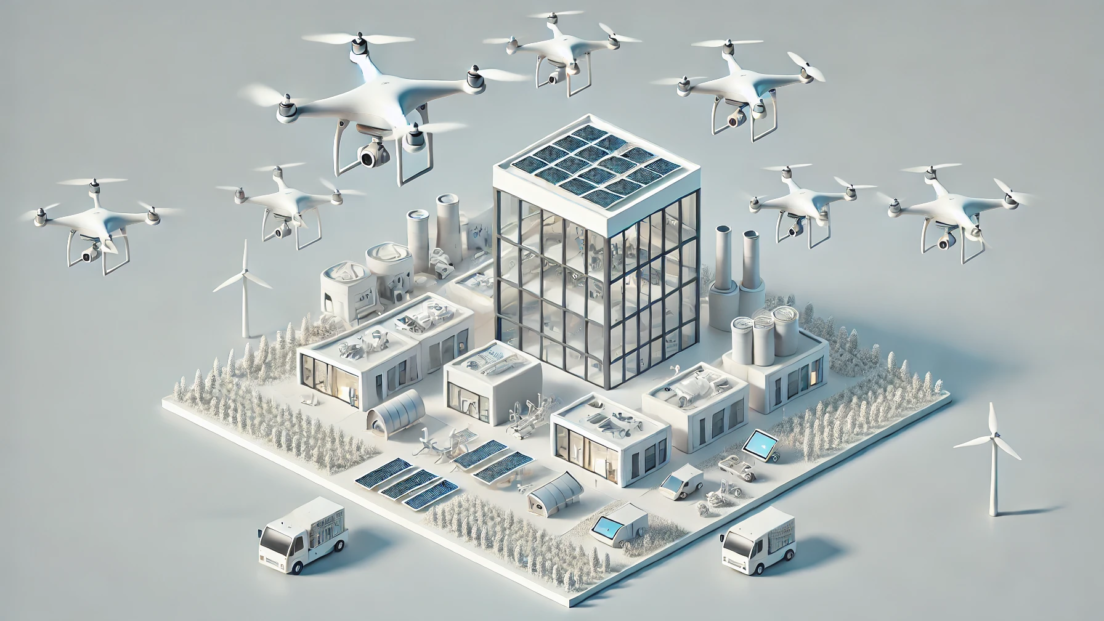Drone research in the modular innovation building

The new DroneHub at Empa and Eawag's NEST enables innovative drone and robotics technologies to be tested. Researchers can test repairs using drones, environmental interactions and building protection using robotics under real conditions.
The new DroneHub in NEST, the modular research and innovation building of Empa and the ETH Domain’s aquatic research institute(Eawag), has been officially opened. According to a press release, it offers a “unique environment” in which researchers can test and further develop innovative drones and robot technologies.
The DroneHub took shape in collaboration with Imperial College London. It is headed by Mirko Kovac, head of Empa’s Sustainability Robotics research laboratory and the two Imperial College facilities, Aerial Robotics Lab and Imperial Centre for Infrastructure Robotics Ecosystems. In future, the DroneHub will support Kovac’s new joint professorship in Sustainability Robotics at Empa and the Swiss Federal Institute of Technology in Lausanne.
Three zones have been set up at NEST: Drones can carry out repair work on an exterior wall in flight and under real weather conditions using 3D printing. The biosphere, located in a kind of aviary and therefore also outdoors, enables robots to interact independently with nature, collect valuable environmental data with their sensors and test new biodegradable materials at the same time.
And finally, the modular facade of the DroneHub shows how robots can be integrated into buildings and act as their immune system, especially to ward off danger. “If we investigate what symbiotic integration can really look like,” says Kovac in an Empa video about the DroneHub, “then life with drones and robots will also show how they can be integrated into our lives and how society can change.”